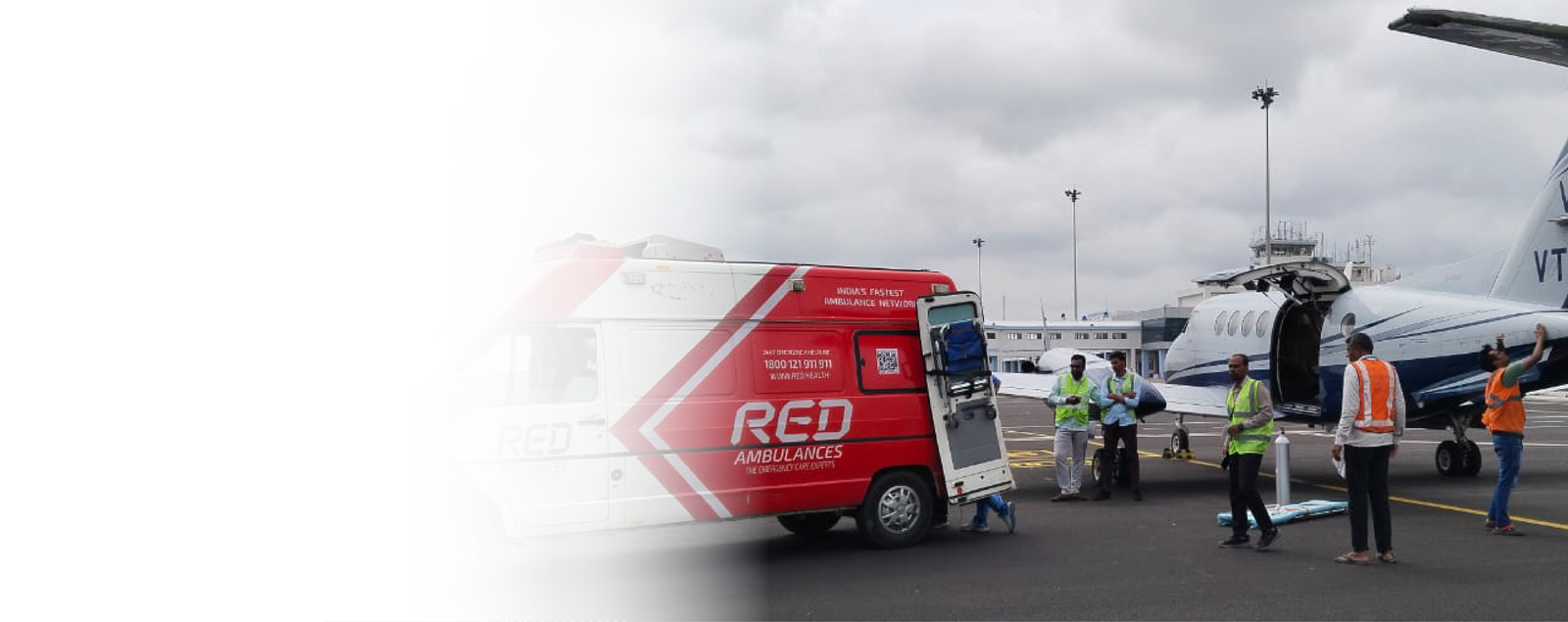Moving an elderly loved one—especially when they have medical issues—is no small task, right? Say your grandparent needs to get from a small town to a top hospital in Delhi or Mumbai. Or maybe they’re done with treatment and just want to get back home, but it’s all the way across the country. Long road trips? Way too tiring and, honestly, not safe for someone in fragile health. Plus, did you know that seniors are more likely to face complications during long-distance travel? That’s where Medical Air Transport steps in. It’s not just a nice-to-have—it’s a must when safety and comfort are on the line.
The Challenge of Transporting Seniors
Our elders. They deserve the best care. But moving them, especially over long distances, shows unique challenges. Regular travel just won’t cut it for many.
- Regular Travel Doesn’t Help: Think about it. Long train rides? Bumpy bus journeys? Even commercial flights can be tough. Changing planes. Wheelchairs, sure, but what about continuous oxygen? Or specialised medication timings? It’s a huge burden on an already fragile system.
- Specific Risks for Seniors: Elderly patients often have pre-existing conditions – heart issues, respiratory problems, diabetes. Long hours of sitting can lead to deep vein thrombosis. Dehydration. Fatigue. All these risks are amplified. Their bodies just aren’t as resilient.
What is Medical Air Transport?
When we talk about medical air transport for seniors, we’re not talking about some helicopter rushing to an accident scene. Nope. This service is specifically for already planned medical trips. It’s about a patient needing to get from one hospital or city to another safely, with full medical support.
- Clarify: It’s for Planned, Medically Necessary Transfers. This means a doctor has decided the patient needs to move for specialised treatment, follow-up care, or repatriation. From there, the air ambulance team handles everything. It includes medical crew, equipment, flight route, and even the ground transfers before and after the flight. They plan it down to the last detail.
- Focus on Continuity: This planning ensures that medical care continues seamlessly. No gaps. No compromises. That’s vital for seniors whose conditions can be delicate.
Why Medical Air Transport is Ideal for Seniors
It’s all about peace of mind and the best possible outcome for our elders.
- Safety First: Professional medical supervision from start to finish. This minimises risks of complications en route. A huge deal.
- Comfort & Dignity: Less stress on the patient. They can lie down and get proper rest. A comfortable environment helps their recovery. Their dignity is maintained.
- Continuity of Care: A dedicated medical team, often including doctors and nurses specialising in critical care air transport, is on board. All necessary medical equipment is right there. Their vital signs are constantly monitored. Medications are given on schedule. It’s like taking a hospital room with you.
- Access to Specialised Care: Sometimes, the best treatment for a senior’s specific condition is hundreds or thousands of kilometers away. Medical air transport for seniors bridges that gap. It literally brings world-class care within reach.
Types of Medical Air Transport for Seniors
Depending on how stable the patient is, there are usually two ways to go:
1. Dedicated Air Ambulance
This one’s for elderly patients who are seriously ill or unstable. Think of it as a private jet turned into a flying ICU. You’ve got all the equipment—monitors, oxygen, even ventilators if needed. Plus, a full medical team is on board. No layovers, no stress. Just direct, non-stop care from takeoff to touchdown.
2. Commercial Medical Escort
If the senior is in stable condition but still needs close supervision, this is a solid (and more affordable) option. A doctor or nurse travels with them on a regular commercial flight. They take care of everything—medications, monitoring, comfort, and that mid-air “Are you feeling okay?” check-ins. This setup is often used in elderly medical evacuation when the situation isn’t critical but still needs medical oversight.
Key Considerations for Elderly Medical Evacuation
When organising this kind of transport for seniors, every detail matters.
- Patient’s Condition Comes First: Is their heart stable? Do they need oxygen the whole time? Are they easily anxious during travel? All these things help decide what kind of transport, medical crew, and equipment are needed.
- Required Medical Equipment: Ventilator? IV pump? Cardiac monitor? Whatever it is, the air transport has to be able to carry and actually use it during the flight. No compromises.
- Family’s Involvement & Comfort: How many family members can come along? Any special food needs? Good service makes space for all that—gives every second detail to the family of a patient because it’s not just about the patient; it’s about peace of mind for everyone.
- Destination & Logistics: This means they’ll arrange ambulances at both ends so your loved one goes straight from one hospital bed to another without any hassle. Smooth and simple.
The Medical Team: Their Expertise Matters
The crew on board isn’t just any medical staff. They’re highly specialised.
- Doctors, nurses, and paramedics with extensive experience in aeromedicine.
- They know how altitude affects medical conditions. They are trained for in-flight medical management.
- Their expertise in critical care air transport for seniors means they understand the unique vulnerabilities of older patients. They manage everything from pain relief to potential complications.
Planning is Everything: The Process
Because these are planned medical trips, the process is thorough.
- Medical Assessment: A detailed review of the patient’s condition to determine the safest mode of transport and necessary medical team.
- Flight Planning: Arranging the aircraft, flight route, and schedule.
- Ground Transfers: Coordinating seamless ambulance transfers at both origin and destination.
- Permits & International Coordination: For international transfers, handling all necessary visas, medical clearances, and diplomatic permissions.
- Family Briefing: Keeping families informed every step of the way.
When Should You Consider Medical Air Transport for a Senior?
You might need to consider it if:
- A senior is too ill or weak for long ground travel.
- They require oxygen or IV support during the journey.
- They’re relocating to a long-term care facility in another city/country.
- Specialised post-treatment or rehab care isn’t available locally.
- Family needs to bring them closer for support and care.
So don’t wait for a crisis. If travel is coming up and a senior has health complications, plan.
Conclusion
So, moving an elderly patient via medical air transport? That’s not a casual thing you just wing. It’s a super detailed medical operation, and the planning can get complicated fast. So, picking the right folks to help really, really matters.
If you’re thinking about a safe and caring air transfer for your elderly loved one, RED is absolutely here for you. From handling medical air transport for seniors to providing top-tier critical care air transport, RED makes sure it’s a smooth, safe, and medically sound journey. Every single patient gets treated like family, and every flight is planned down to the last detail. Our elders deserve nothing less than expert care, especially when they’re thousands of feet up in the air. Let RED take on all the heavy lifting—seriously, medically, so your loved one travels with total dignity and comfort.


 18001207004
18001207004
 June 25, 2025
June 25, 2025 Red Health
Red Health